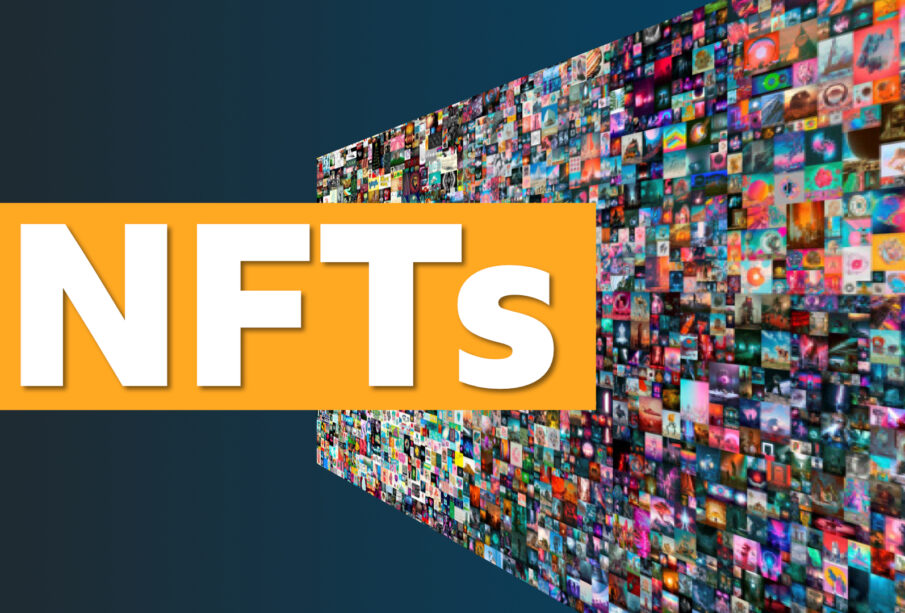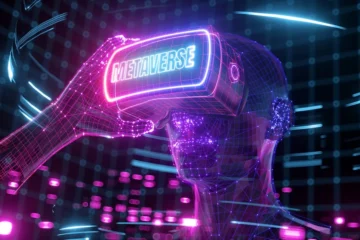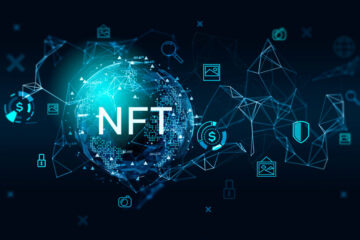Understanding NFTs: A Comprehensive Guide

We dive into the past to better understand the present, which is why I’m excited to share the story of how NFTs came to be.
You might be wondering when NFTs were introduced and why they’ve suddenly gained so much attention. After exploring various accounts of NFT history, I’ve compiled a clear timeline backed by facts and dates.
1. The Evolution of NFTs
What were you doing in 2012? Don’t worry if you can’t recall—it was the year the concept of colored coins emerged, laying the groundwork for what we now know as NFTs.
Fun fact: While many NFTs are powered by the Ethereum blockchain (launched in 2015), the idea of NFTs dates back to 2012, when Meni Rosenfield discussed colored coins in a paper. Though colored coins faced technical limitations, they set the stage for NFTs.
In 2014, Rare Pepes debuted, kicking off the meme economy. These were among the earliest NFT implementations. If you’re a WhatsApp enthusiast, you’ve likely seen those green frog (Pepe) stickers shared among friends.
In 2017, CryptoKitties took the NFT world by storm with viral popularity. That same year, John Watkinson and Matt Hall created CryptoPunks, distributing all 10,000 for free. Today, a single CryptoPunk is worth at least $93,624—pretty impressive, right?
From 2017 onward, NFTs have skyrocketed in fame, like a rocket blasting into space. That’s the story of how NFTs came to be. Now, let’s explore what makes them tick.
—Zainab Owolabi
2. Fascinating NFT Facts
- Ethereum is the most widely used blockchain for minting NFTs, but the first NFTs (in 2014) predated Ethereum’s launch.
- The top five countries adopting NFTs are in Asia.
- The most valuable NFT ever sold fetched over $91.8 million.
- Over 50% of NFT sales are under $200, meaning you don’t need a fortune to own one!
3. Why Do People Buy NFTs?
You might be curious about the logic behind purchasing NFTs. Unlike physical art, which showcases taste or serves as decor, NFTs are digital and virtual. So, why do people buy them? Here are the key reasons:
Profit
Despite crypto’s volatility, many invest in tokens for potential gains. NFTs are no different, but they’re trickier. To profit, the art must be in demand, and someone must be willing to bid higher than your purchase price.
Exclusivity and Bragging Rights
Only one entity (an individual, organization, etc.) can own a specific digital artwork, inaccessible to others. This exclusivity grants bragging rights and perks like early access to upcoming NFT collections or entry to private online forums and communities.
—Zainab Owolabi
4. Are NFTs Part of Web3?
Here’s the heart of the article. You might wonder how NFTs and Web3 are connected or what they have in common. While debates persist about what the Web3 era will look like, it’s clear that Web3 will transform our lives—how we connect, work, and live—just as Web2 did.
NFTs, on the other hand, are digital assets that enable ownership, exchange, and trading of goods on Web3 without relying on intermediaries.
Web3 champions rewarding creators, and NFTs are a key tool for achieving this. Creators can now produce their art, tokenize it as NFTs, and sell it directly to earn revenue, bypassing the need for big companies to develop cryptocurrencies.
To grasp the scope of NFTs, think of how you shop on e-commerce sites in Web2. In Web3 (a blockchain-powered internet), decentralized applications (dApps) act like e-commerce stores where you can buy and sell products—in this case, NFTs like digital clothing. These technologies give creators full control over their work and earnings.
—Zainab Owolabi
5. Key Characteristics of NFTs
NFTs have three defining features:
Originality
Thanks to creators’ ability to sign NFTs digitally, you can distinguish original art from fakes. How? With smart contracts, creators can timestamp their work on the blockchain, making it immutable. Think of it like a watermark in Web2, but embedded in the blockchain, not the artwork itself.
Indestructibility
As blockchain assets, NFTs can’t be burned, destroyed, or damaged by natural disasters, unlike physical art.
Indivisibility
Unlike Bitcoin, where you can buy $50 worth (at ~$20,000 per coin), you can’t buy a fraction of an NFT. For example, a CryptoPunk worth $500 can’t be split—you either buy the whole thing for $500 or don’t own it at all.
6. What Are NFTs Used For?
Gaming
Gamers are among the most enthusiastic about NFTs because they understand virtual worlds and currencies. NFTs allow players to transfer or trade in-game items on marketplaces, sparking their interest.
Unlike traditional games that restrict selling or transferring in-game items, NFT-based games let players own assets, personalizing their experience and making it more tangible. Gamers can now earn money by building or expanding their in-game assets.
Art
It’s no surprise that NFTs are used for digital art. Creators leverage NFTs to protect their work from copyright infringement or plagiarism. Amid COVID-19 restrictions, NFTs also offer museums and galleries a way to showcase art digitally.
Certification
Some courses may issue NFTs alongside completion certificates or licenses to streamline access. Storing proof of course completion as an NFT could simplify record verification. While I haven’t seen this in action, the idea is intriguing!







